18 Exploring Egyptian Cuisine with Recipes Full of History and Taste
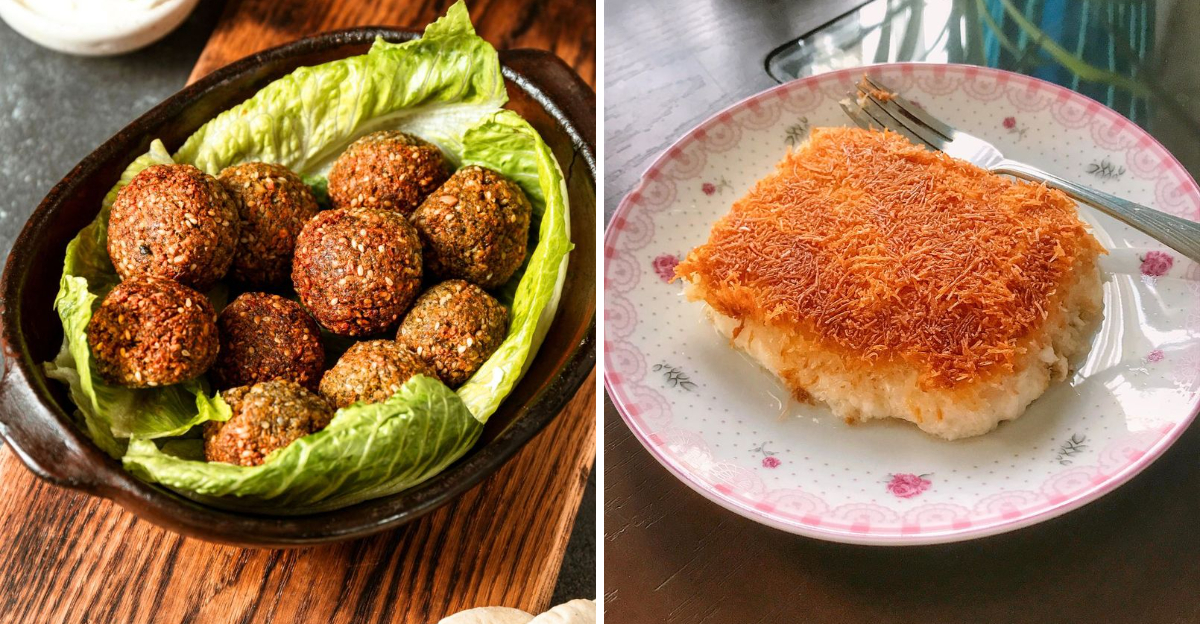
Exploring Egyptian cuisine reveals array of dishes that are steeped in history and flavor. From traditional staples to adventurous culinary experiments, Egyptian cooking offers something for every palate. This blog post delves into 18 distinct recipes, each offering a glimpse into the diverse and rich gastronomic culture of Egypt. These dishes are not only a treat but also carry stories and traditions that have been passed down through generations.
1. Koshari: The Quintessential Egyptian Comfort Food
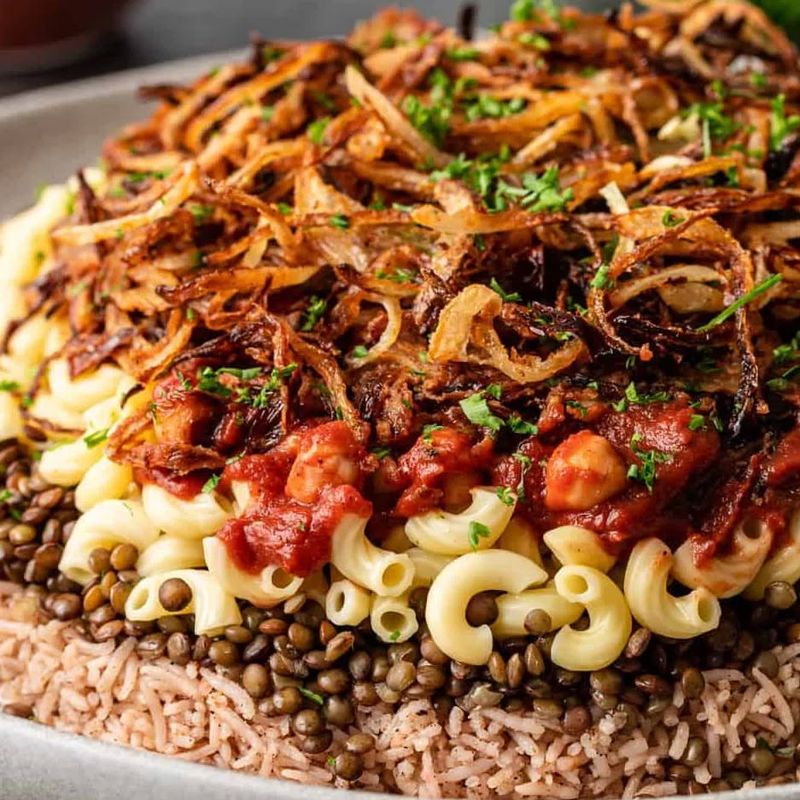
Koshari is a beloved Egyptian street food and comfort dish. To make Koshari, you’ll need 200g rice, 100g lentils, 100g pasta, 50g chickpeas, 50g crispy onions, and tomato sauce. Start by cooking the rice and lentils separately. Boil the pasta until al dente. Combine rice, lentils, and pasta in a large pot. Top with cooked chickpeas and crispy onions. Serve with tomato sauce, made by simmering 200ml tomato puree with garlic and spices. This dish provides layers of texture and flavor, from the soft rice to the crunchy onions. It’s a filling meal, excellent for a quick lunch or dinner. The experience of eating Koshari is as memorable as the bustling streets of Cairo where it is often enjoyed.
2. Shakshuka: A Spicy Tomato and Egg Delight
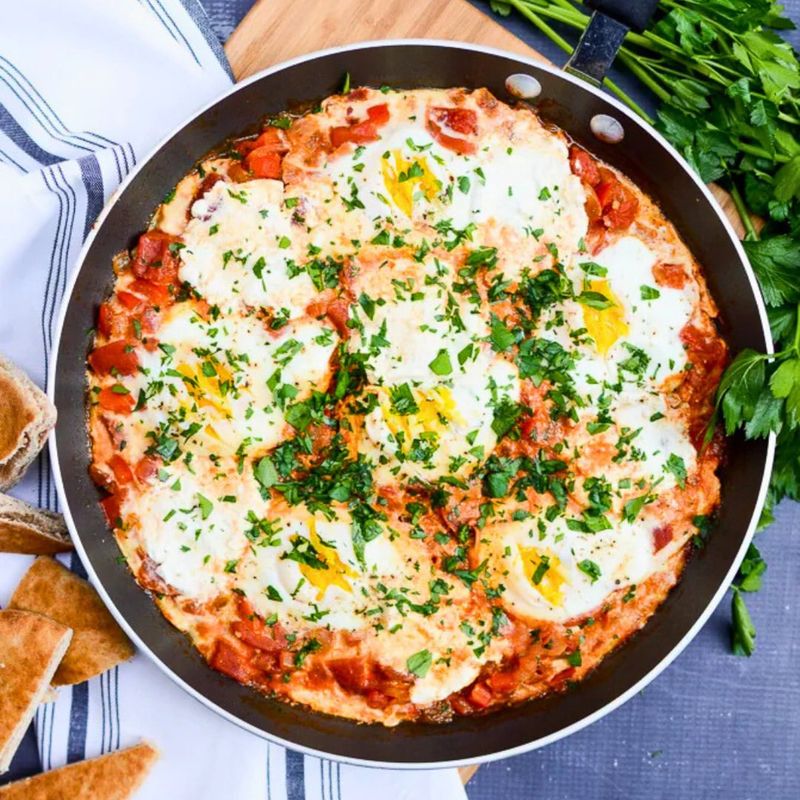
Shakshuka is an enticing dish featuring poached eggs in a spicy tomato and pepper sauce. Its colors and bold flavors make it a favorite among locals and visitors alike. Originating from North Africa, Shakshuka has found a special place in Egyptian kitchens, often enjoyed for breakfast or brunch. To make, cook 1 diced onion and 1 sliced bell pepper in 2 tablespoons of olive oil until soft, then add 4 chopped tomatoes, 1 teaspoon of cumin, 1/2 teaspoon of paprika, and salt to taste; simmer until thick. Crack in 4 eggs, cover, and cook until set. Each bite is a burst of flavor, with the runny yolk adding richness to the zesty sauce. Served with crusty bread, it’s a dish that invites you to savor the moment.
3. Egyptian Molokhia: A Nutritious Green Soup
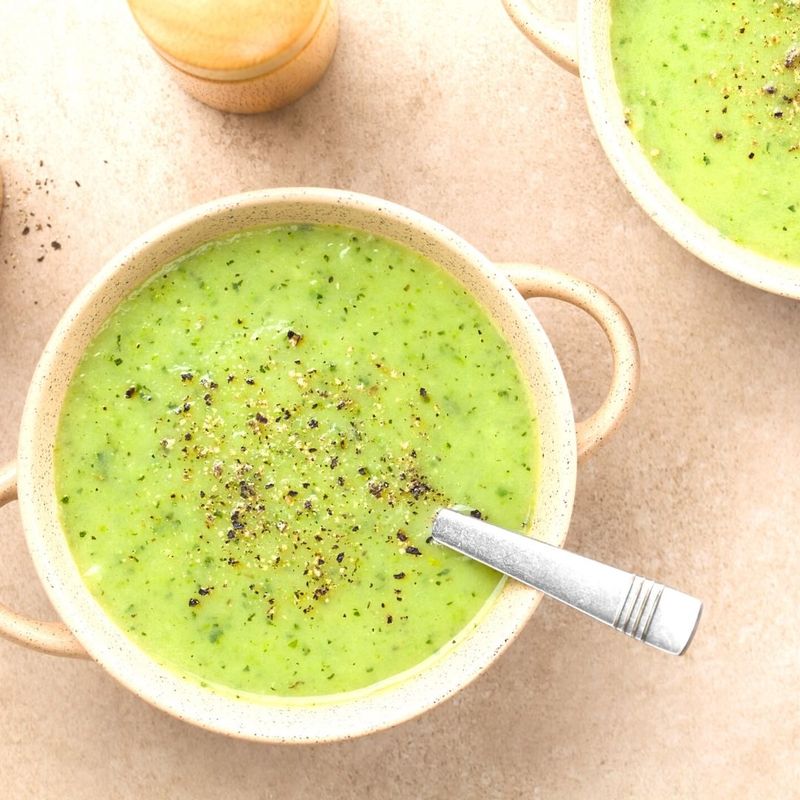
Molokhia is a traditional leafy green soup, rich in nutrients and flavor. To prepare, you’ll need 500g of molokhia leaves, 1 liter of chicken or beef broth, garlic, and coriander. Start by cooking minced garlic and coriander in a pot. Add the broth and bring to a boil. Stir in finely chopped molokhia leaves and simmer gently. Serve hot with rice and lemon wedges for added zest. This soup is known for its slightly slimy texture, which complements its savory taste. Molokhia is a staple in Egyptian households, often enjoyed as a comforting meal. Its nutritious properties make it a popular choice for those seeking both flavor and health benefits.
4. Stuffed Pigeons: The Egyptian Delicacy
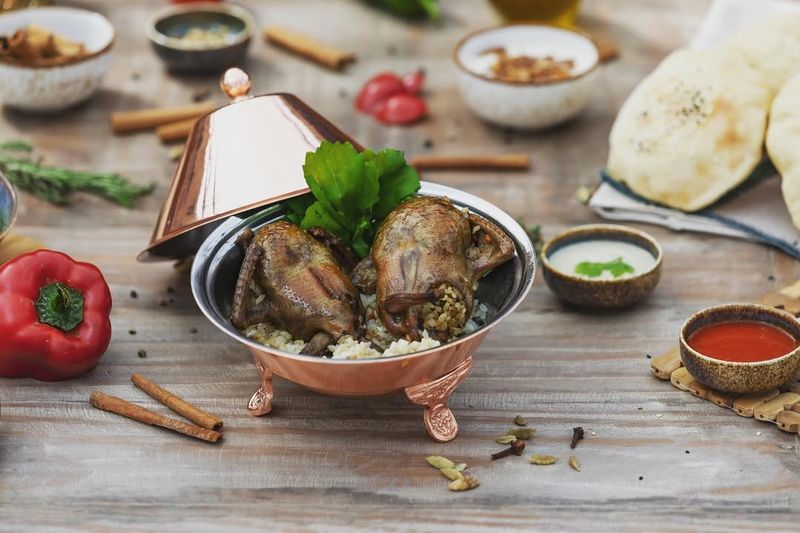
Stuffed pigeons are considered a delicacy in Egypt, often served during occasions. To prepare, you’ll need 4 pigeons, 200g rice, spices, and butter. Clean the pigeons and prepare a stuffing of rice mixed with spices like cinnamon and nutmeg. Stuff the pigeons and sew them up securely. Brown them in butter, then simmer in broth until cooked. Serve with additional rice. The result is a succulent, flavorful dish. The rice absorbs the juices from the pigeons, making a rich, satisfying meal. Stuffed pigeons are a example to the Egyptian flair for turning simple ingredients into memorable feasts. Their preparation is often a family affair, adding to their cultural significance.
5. Halawa: A Sweet Sesame Treat
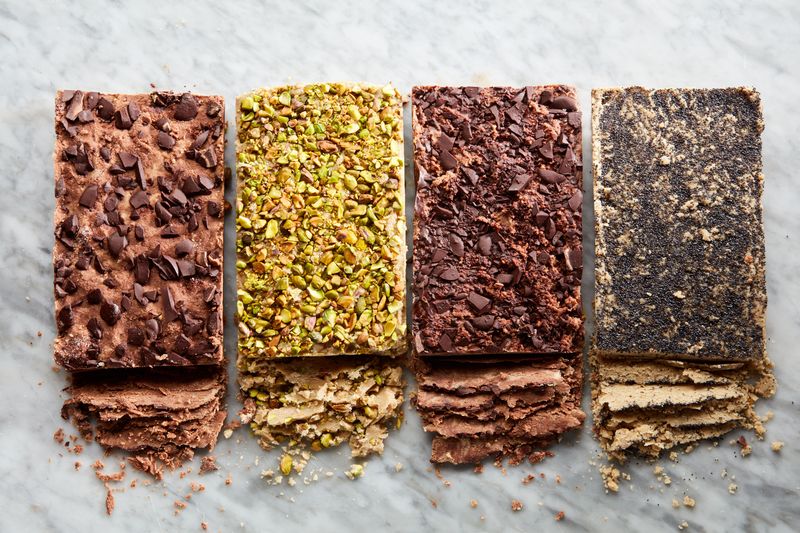
Halawa, also known as halva, is a sweet treat made from sesame paste. To make it, mix 250g tahini with 200g sugar and stir constantly over low heat. Slowly add a few tablespoons of water until the mixture starts to thicken. Pour into a mold and let it cool. Once set, slice and enjoy. This dessert is known for its crumbly texture and nutty flavor. It can be plain or enhanced with nuts or chocolate. Halawa is a common snack in Egyptian households, enjoyed for its simplicity and rich taste. It reflects the Egyptian ability to make delightful flavors with minimal ingredients. Halawa is often shared with family and friends, making it both a treat and a tradition.
6. Egyptian Falafel: Crunchy and Flavorful
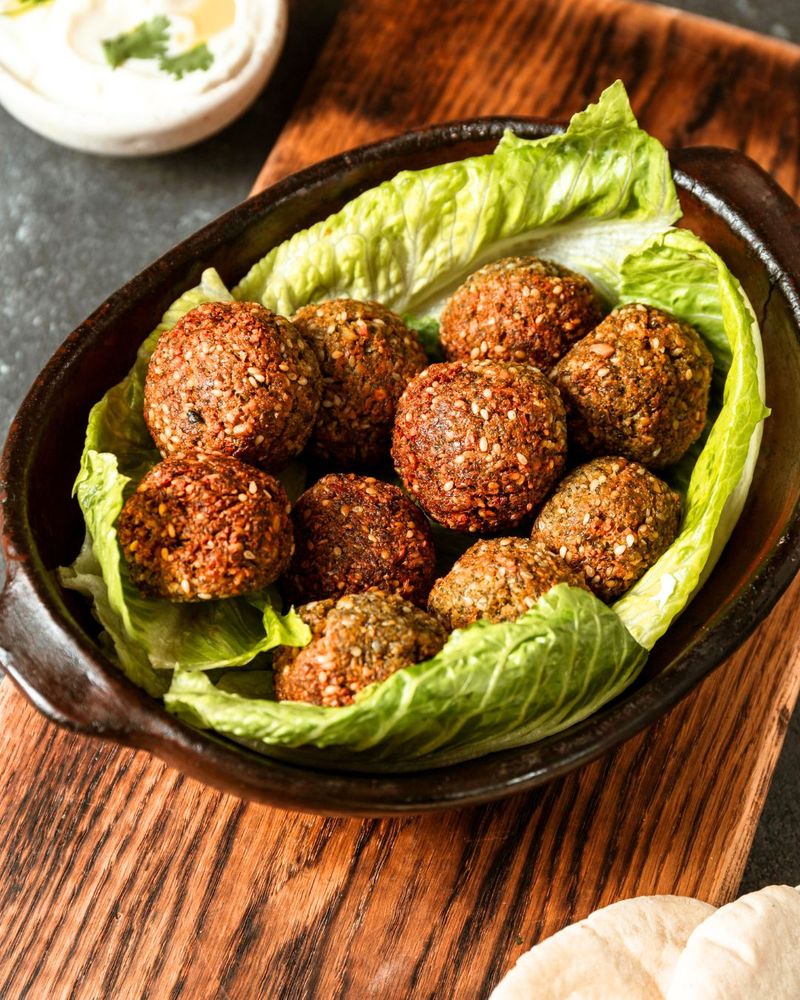
Egyptian Falafel, or Ta’amiya, differs from the Middle-Eastern variety as it’s made from fava beans. To prepare, you’ll need 300g soaked fava beans, herbs, and spices. Grind the beans and mix with chopped onion, garlic, and cilantro. Form small patties and fry until golden brown. Serve with tahini sauce or hummus. Egyptian Falafel is known for its crispy outside and soft, flavorful inside. It’s a popular street food, often enjoyed in pita bread with salads. The use of fava beans gives it a taste compared to chickpea falafel. This dish showcases the Egyptian knack for enhancing simple legumes into something truly delicious. It’s a must-try for anyone exploring Egyptian cuisine.
7. Aish Baladi: The Egyptian Flatbread
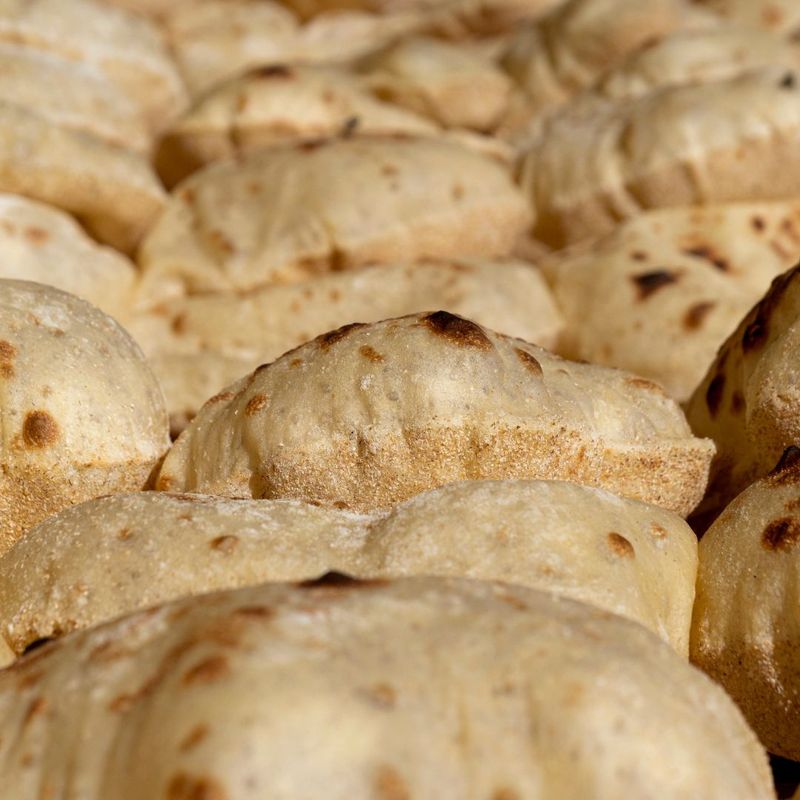
Aish Baladi is the staple bread of Egypt, similar to pita but heartier. To make, mix 500g whole wheat flour with yeast, salt, and water. Knead into a dough and let rise. Divide into small balls, flatten, and bake in a hot oven on a stone surface until puffy. This bread is often enjoyed warm, straight from the oven. Its whole grain flavor makes it the excellent accompaniment to Egyptian dishes. Aish Baladi is more than just a food item; it’s a part of daily life in Egypt. From street vendors to home kitchens, its presence is ubiquitous. The simple ingredients and traditional baking method reflect the essence of Egyptian culinary practices.
8. Besarah: A Fava Bean Dip
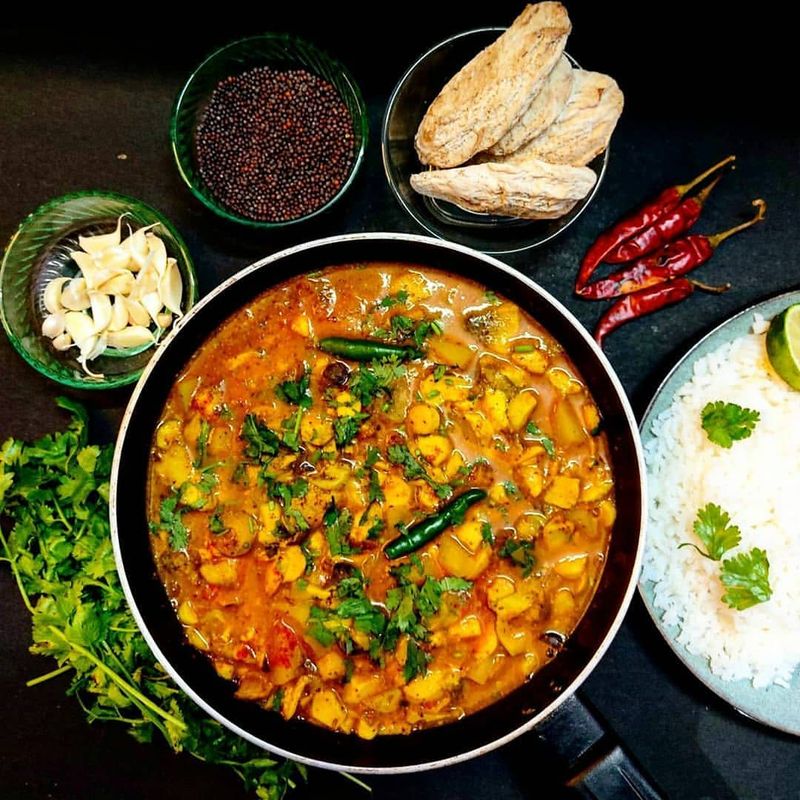
Besarah is a delicious dip made from fava beans, popular in Egyptian kitchens. To make Besarah, use 250g dried fava beans, soaked overnight. Boil until soft, then blend with garlic, dill, and coriander. Add olive oil and lemon juice for flavor. The result is a creamy, herb-infused dip that pairs well with pita bread. Besarah offers a refreshing alternative to hummus, with its blend of herbs and spices. It’s often served as part of a mezze platter, showcasing the versatility of fava beans. This dish highlights the Egyptian talent for transforming simple legumes into something flavorful and satisfying. Besarah is a example to the resourcefulness found in Egyptian cooking.
9. Sayadeya: A Fisherman’s Feast
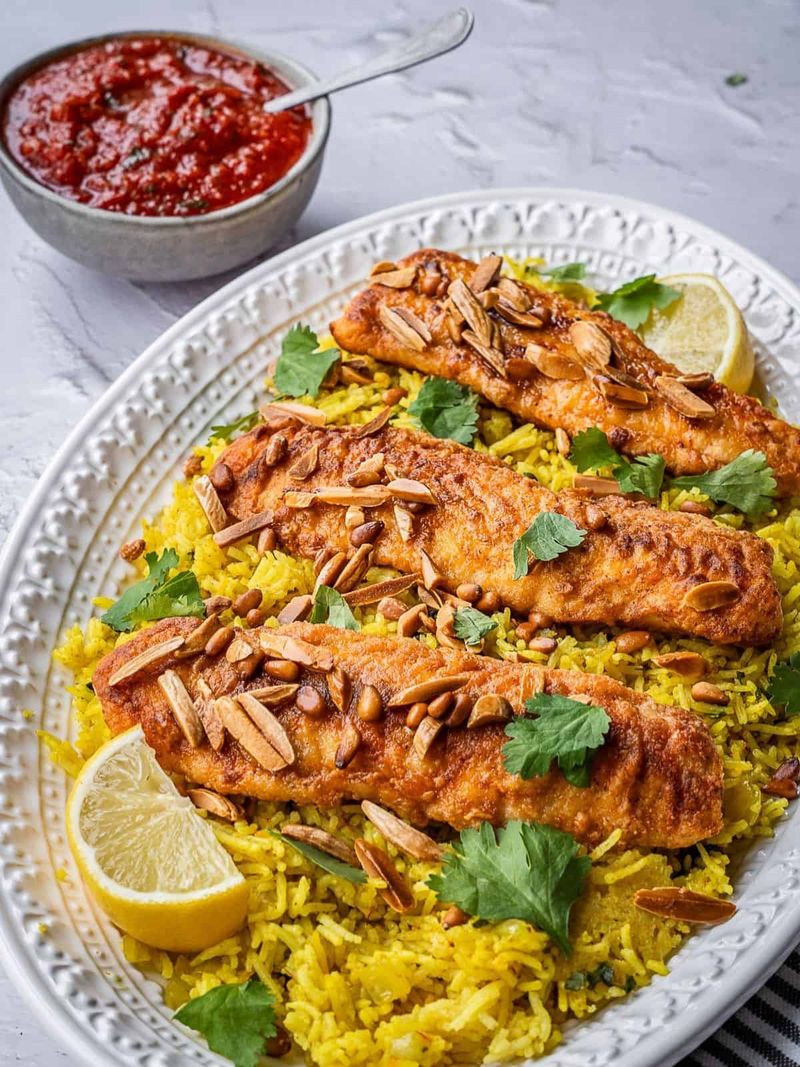
Sayadeya is a traditional Egyptian dish. Made with fish, rice, and caramelized onions, it is a favorite in coastal regions. To make, fry 2 sliced onions in 2 tablespoons of oil until golden, then add 1 teaspoon of cumin, 1/2 teaspoon of cinnamon, and salt to taste. Add 1 and 1/2 cup of rinsed rice, stir, then pour in 3 cups of fish stock; cover and simmer. Season 2 fish fillets with salt and pepper, grill until flaky, and serve over the rice. Sayadeya is typically served with a side of tahini sauce or a simple green salad. Its a tribute to Egypt’s culture, offering a delicious taste of the Mediterranean.
10. Om Ali: An Egyptian Bread Pudding
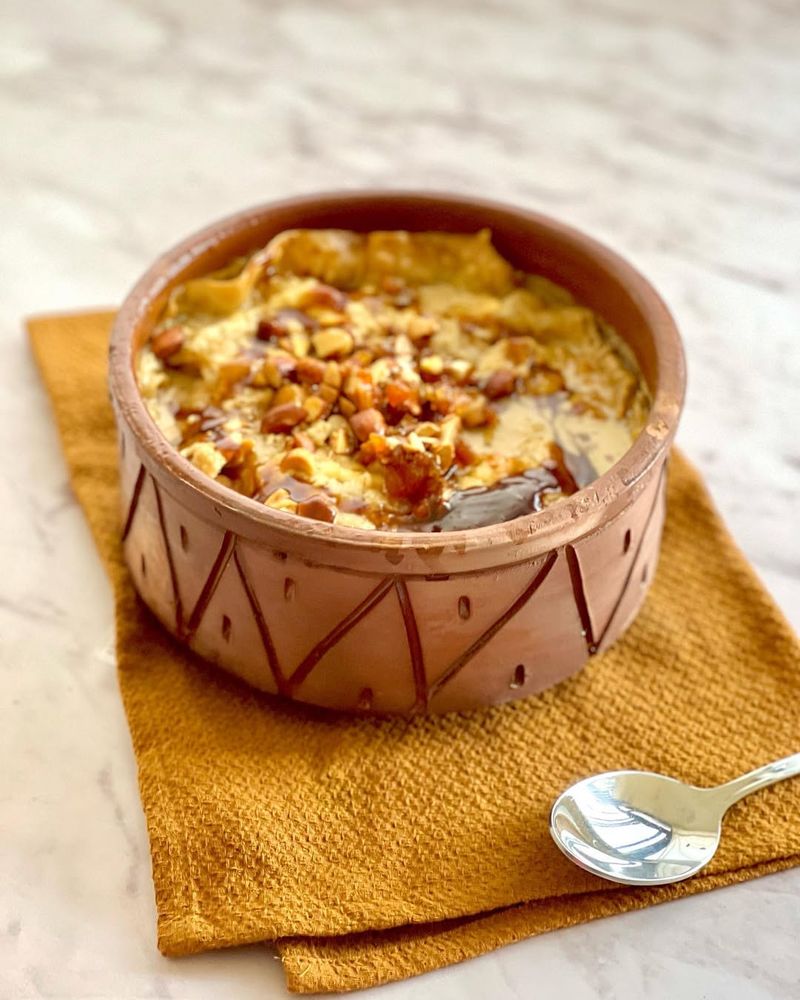
Om Ali is a delightful Egyptian dessert reminiscent of bread pudding. To make, you’ll need puff pastry, milk, sugar, and nuts. Layer pieces of baked puff pastry in a baking dish. Boil 500ml milk with 100g sugar and pour over the pastry. Top with nuts like almonds and pistachios. Bake until golden and bubbly. The result is a creamy, sweet dessert with a satisfying crunch. Om Ali is often served during occasions and family gatherings. It is a symbol of Egyptian hospitality, bringing warmth and sweetness to the table. This dessert highlights the Egyptian love of combining textures and flavors to make something truly enjoyable.
11. Baba Ghanoush: An Eggplant Delight
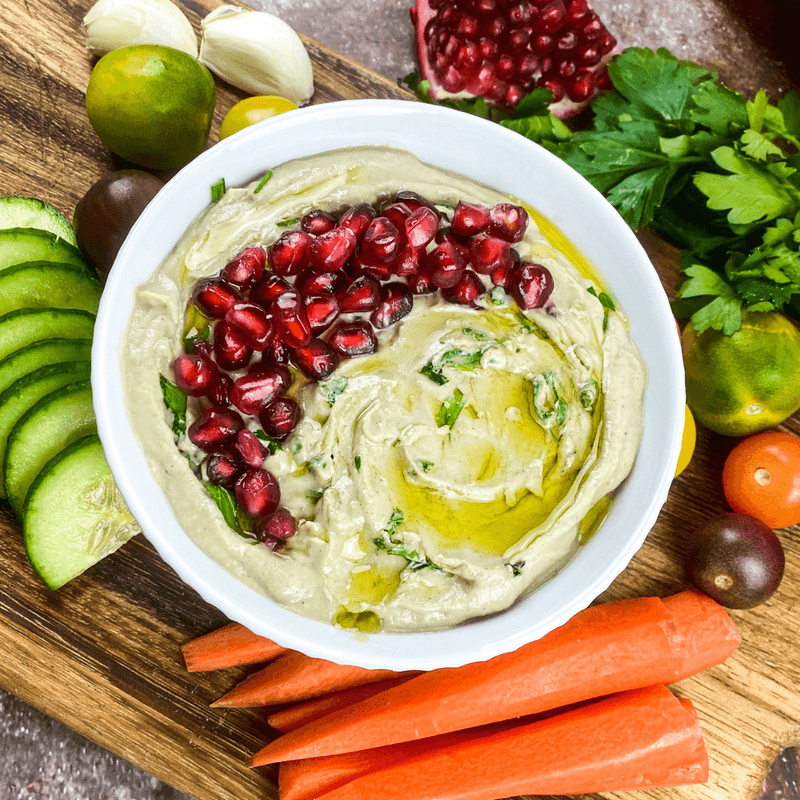
Baba Ghanoush, a beloved Middle-Eastern dip, is a staple in Egyptian cuisine. Made from roasted eggplant, it’s blended with tahini, garlic, and lemon juice. To prepare, roast 2 medium eggplants until charred. Scoop out the flesh and combine with 3 tablespoons of tahini, garlic, and lemon juice. Blend until smooth. Garnish with olive oil and pomegranate seeds. Baba Ghanoush is known for its smoky flavor and creamy texture. It’s suitable for dipping with flatbread or serving alongside grilled meats. This dish showcases the ingenuity of Egyptian cooking, turning humble ingredients into a flavorful centerpiece. Baba Ghanoush is a must-try for those exploring traditional Egyptian flavors.
12. Fattah: A Dish of Rice, Bread, and Meat
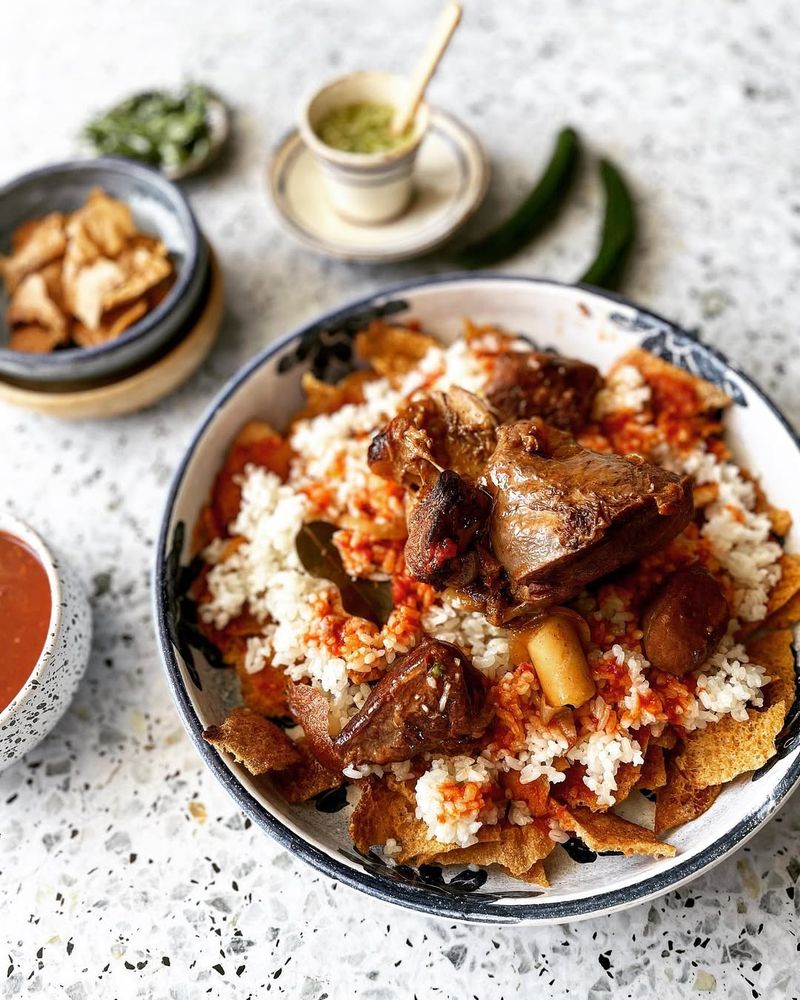
Fattah is a hearty Egyptian dish combining rice, toasted bread, and meat. To prepare, use 250g rice, 250g lamb, and pieces of pita bread. Cook the rice and lamb separately. Toast the bread until crispy. Layer the rice, lamb, and bread in a serving dish. Top with a sauce made from garlic and apple cide vinegar. Garnish with nuts for added crunch. Fattah is traditionally served during gatherings, symbolizing abundance and sharing. Its layers make a satisfying combination of textures and flavors. Fattah is meal of Egyptian culinary heritage. Its preparation often involves the whole family, making it a dish filled with love and camaraderie.
13. Egyptian Lentil Soup: A Warm and Comforting Bowl
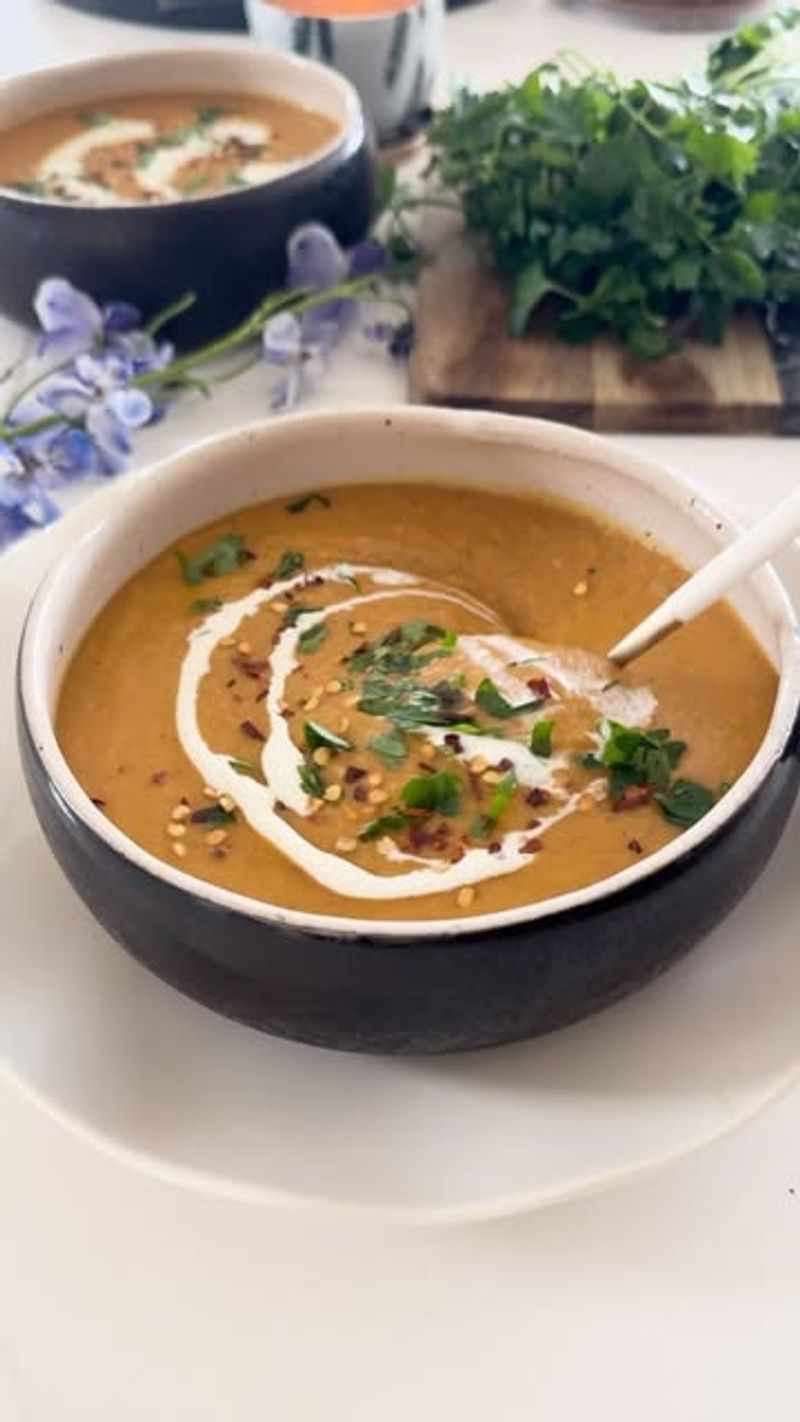
Egyptian Lentil Soup is a comforting and nutritious choice for any meal. To make, you’ll need 200g red lentils, 1 liter of vegetable broth, onions, and spices. Cook chopped onions until golden, then add lentils and broth. Season with cumin and coriander. Simmer until the lentils are soft. Blend until smooth and creamy. Serve with lemon wedges and parsley for garnish. This soup is loved for its warm, earthy flavors and smooth texture. It’s a staple in Egyptian households, often enjoyed during colder months. The simplicity and wholesomeness of Egyptian Lentil Soup make it a beloved addition to any meal, offering both comfort and nourishment.
14. Roz Bel Laban: Creamy Rice Pudding
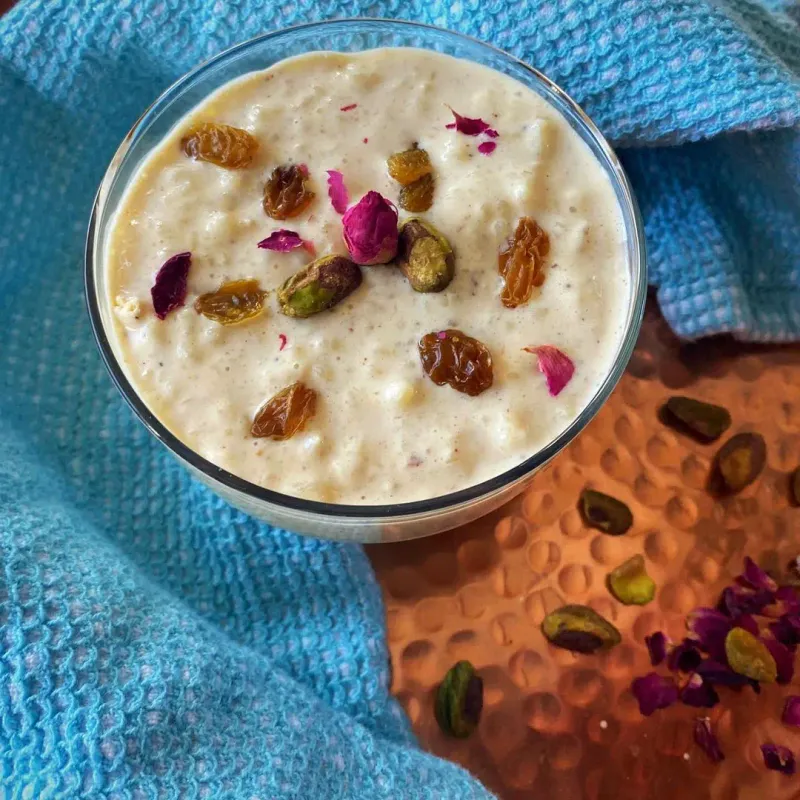
Roz Bel Laban is a creamy rice pudding enjoyed as a dessert in Egypt. To prepare, cook 200g of rice in 1 liter of milk until soft. Add sugar and a hint of cinnamon. Simmer until thick and creamy. Let it cool and serve chilled, garnished with nuts or raisins. This dessert has a comforting, sweet taste, with the milk and rice making a rich, creamy texture. Roz Bel Laban is often made for special occasions and family gatherings. Its simplicity and delightful flavor have made it a favorite in Egyptian homes. The comforting taste of Roz Bel Laban is sure to bring warmth and joy to any table.
15. Mahshi: Stuffed Vegetables with Flavor
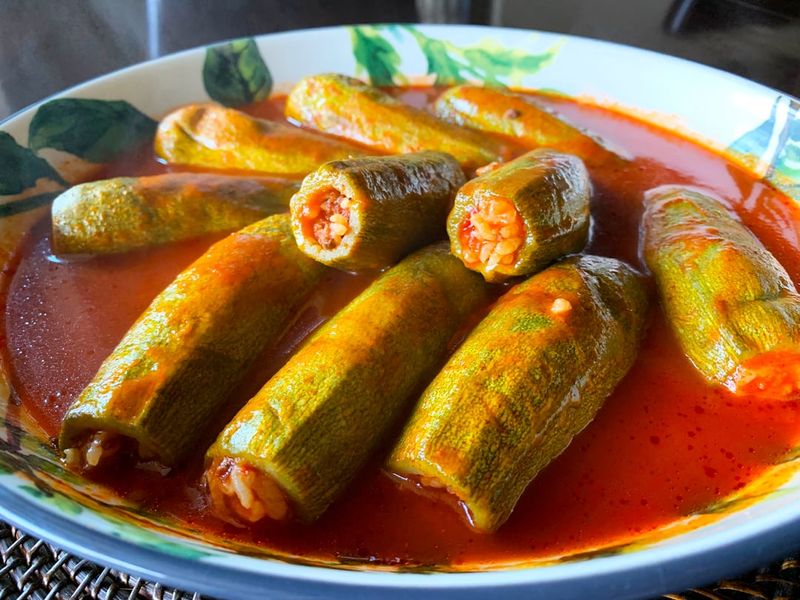
Mahshi refers to vegetables stuffed with a mixture of rice and spices. Popular choices include zucchini, grape leaves, and peppers. To prepare, hollow out the vegetables. Mix 200g rice with herbs like parsley and cilantro and spices. Stuff the vegetables and cook in a tomato-based sauce. Mahshi is known for its aromatic flavors and satisfying texture. It’s a dish often served during family gatherings and special occasions, reflecting the Egyptian love for communal meals. The art of stuffing vegetables is a skill passed down through generations, adding cultural significance to this dish. Mahshi is a nice example of how simple ingredients can become something truly special in Egyptian cuisine.
16. Konafa: A Sweet Pastry Delight
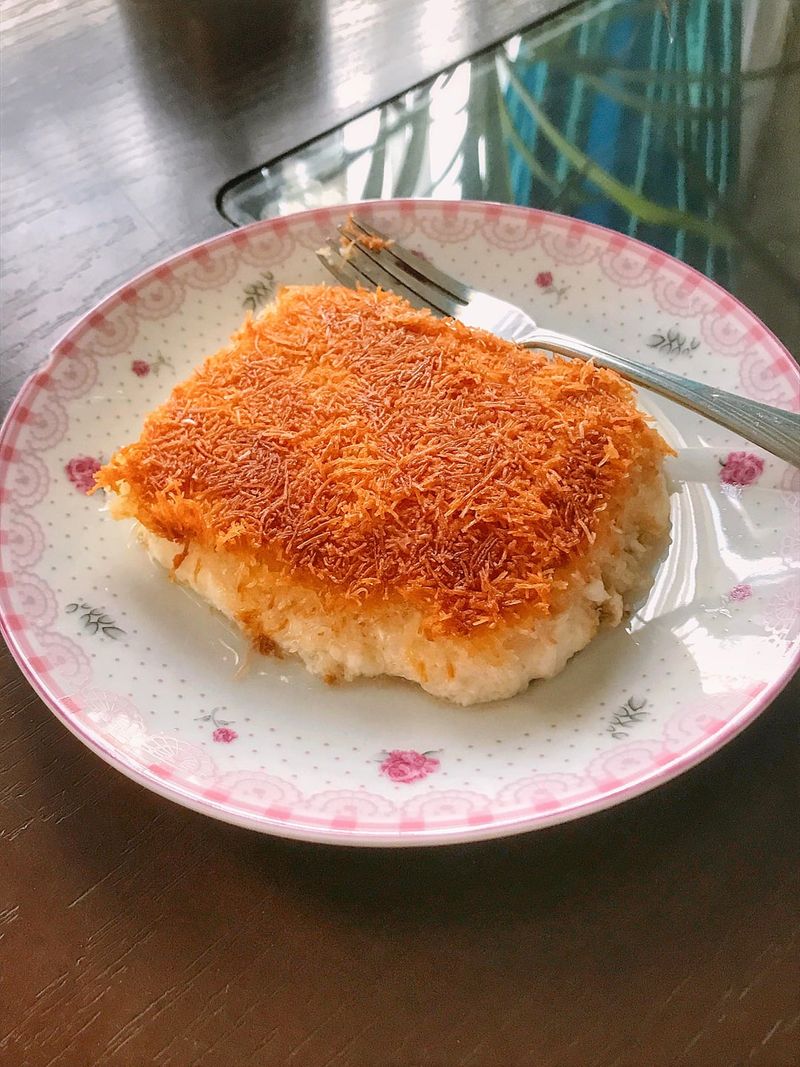
Konafa is a popular Egyptian dessert made with thin vermicelli-like pastry. To make, mix 300 grams of shredded konafa dough with 100 grams of melted butter, then layer half in a greased baking dish. Add a filling of 200 grams of crushed nuts or sweetened cheese, then cover with the remaining pastry. Bake at 180°C (350°F) until golden brown. Drizzle with a syrup made from 1 cup of sugar, 1/2 cup of water, and a squeeze of lemon juice, then let it soak. The result is a crunchy, sweet, and slightly chewy dessert. Konafa is often served during occasions. Its texture and sweet flavor make it a favorite across Egypt. This dessert highlights the Egyptian pastry-making and the ability to enhance simple ingredients into something delightful. Konafa is a must-try for anyone.
17. Basbousa: A Semolina Cake
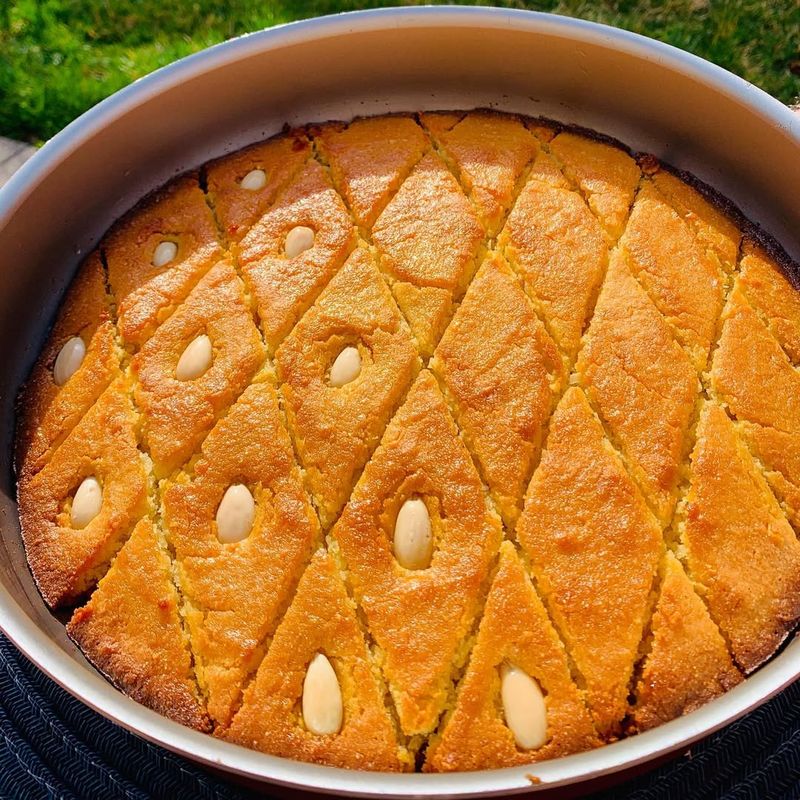
Basbousa is a sweet semolina cake soaked in syrup, popular in Egyptian cuisine. To prepare, mix 250g semolina, 100g sugar, 125g yogurt, 75g melted butter, 1/2 teaspoon baking powder, and a pinch of salt until combined. Spread into a greased baking dish, score into squares, and top each with an almond. Bake at 180°C (350°F) for about 30 minutes until golden brown. Pour hot syrup made from 1 cup sugar, 1/2 cup water, and a squeeze of lemon juice over the cake and let it soak. Basbousa is known for its moist texture and sweet, buttery flavor. It’s often enjoyed with tea or coffee, making it a delightful snack or dessert. The cake’s simplicity and rich taste have made it a staple in Egyptian households.
18. Dukah: A Nutty Spice Mix
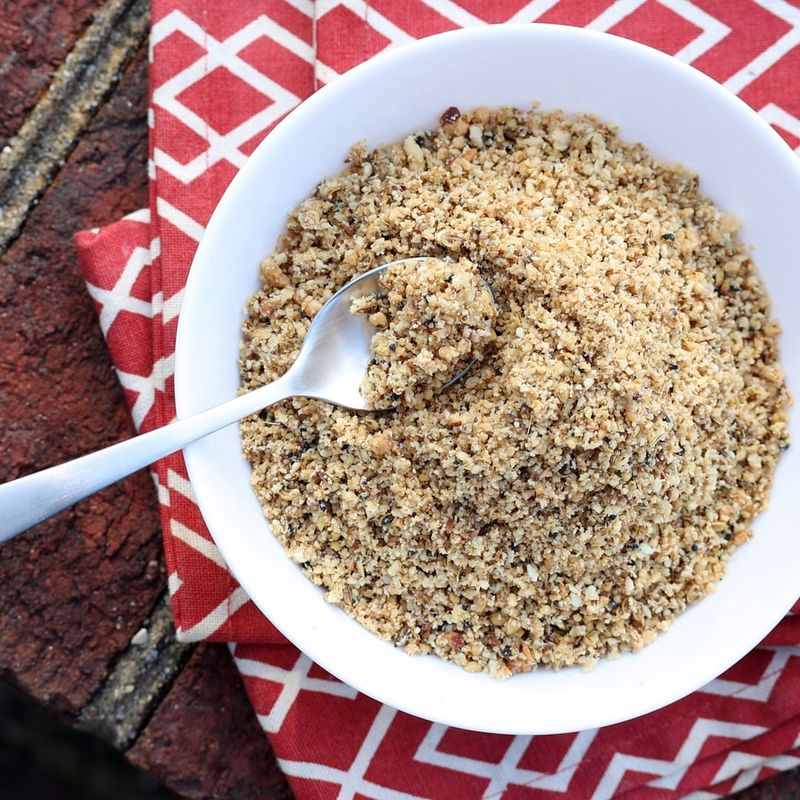
Dukah is a traditional Egyptian spice mix made from nuts, seeds, and spices. To prepare, toast 100g hazelnuts, sesame seeds, and coriander seeds until golden. Grind with cumin and salt. The result is a crunchy, fragrant mix. Serve with bread and olive oil for dipping. Dukah adds texture and flavor to various dishes, from salads to meats. It showcases the Egyptian ability to blend simple, everyday ingredients into something flavorful. Dukah is often shared among family and friends. Its versatility and rich taste make it a beloved addition to any meal, offering a taste of Egypt’s culinary cuisine.
